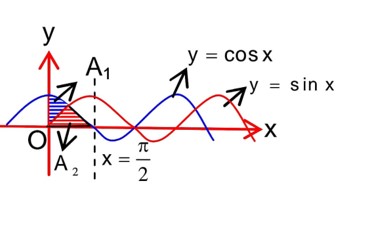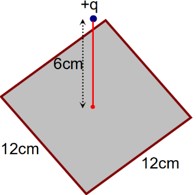Class 12th
Get insights from 12k questions on Class 12th, answered by students, alumni, and experts. You may also ask and answer any question you like about Class 12th
Follow Ask QuestionQuestions
Discussions
Active Users
Followers
New answer posted
a month agoContributor-Level 10
The following are the topics covered in this chapter: Electric Field and Field Lines, Gauss's Law, Electric Dipole, Conductors and Insulators, and Electric Flux.
New answer posted
a month agoContributor-Level 10
For JEE Main exam, the Electric Charges and Fields is an important chapter. It is a part of Electrostatics unit. The weightage of this unit is around 6-9% of the total Physics section. You should expect around 3-5 questions in this unit including the questions from the class 12 physics chapter 1.
New answer posted
a month agoContributor-Level 10
Indeed, it is an easy chapter of Class 12 Physics. In this chapter, you will learn about the foundational concepts like Gauss's law and electric fields.
New answer posted
a month agoContributor-Level 10
Let the charge of on each drop be q and radius of each drop be r.
When all drops are joined, radius,
Potential of the new drop,
New answer posted
a month agoContributor-Level 10
Flux through the 6 sides of square (i.e. cube)
Flux through a square
New answer posted
a month agoContributor-Level 10
Given
If f (x) is continuous for all then it should be continuous at x = 1 & x = -1
At x = -1, L.H.L = R.H.L. Þ 2 = |a + b - 1|
->a + b – 3 = 0 OR a + b + 1 = 0 . (i)
-> a + b + 1 = 0 . (ii)
(i) & (ii), a + b =-1
Taking an Exam? Selecting a College?
Get authentic answers from experts, students and alumni that you won't find anywhere else
Sign Up on ShikshaOn Shiksha, get access to
- 65k Colleges
- 1.2k Exams
- 678k Reviews
- 1800k Answers


